When I Chop Onions, I Think of My Female Ancestors
When I turned 30, I decided that I was finally going to learn how to cook.
That decision changed my life in unexpected ways. One wonderful thing that happened was that cooking became a conduit for connecting with my female ancestors.
My family belongs to a small ethnic group called the Mountain Jews who lived in the Caucasus Mountains of Azerbaijan for hundreds of years. Around 1920, our family moved to Baku, the capital of Azerbaijan, where my parents and I were born. When I was a child, we moved to the US, and I was raised in Brooklyn.
For as long as I can remember, I’ve loved learning about my family history—all of the joys, dramas, tragedies, and everyday stories that shape our family to this day. Understanding where I come from has always given me a certain grounding and an immense sense of pride. When life is particularly overwhelming, I turn to these stories and these people for perspective and wisdom and a reminder that the only thing that we all know for certain is that life goes on.
One way that I stayed connected with my heritage is by being in the kitchen with my mom and helping her make traditional recipes, especially for holidays. As a kid, I would be on prep duty, in charge of things like cutting potatoes, eggs, and pickles for Olivier salad (eaten across the former Soviet republics, including Azerbaijan).
One of the first things I learned how to do in the kitchen was chop onions for my mom when she was making a dish called gorma (also known as korma). This is a dish eaten in Azerbaijan with variations made across multiple ethnic groups in that part of the world. The onions would be caramelized and combined into a rich beef stew, which also included dried apricots and prunes. Then, everything would be served over turmeric-flavored rice and eaten with pickled vegetables. It's a mainstay on our holiday tables.
When I was in college, I felt confident enough to start cooking on my own. I would make simple things: bean and cheese quesadillas, eggs, and boiled potatoes with smoked fish. But more complicated recipes like the ones my mom made felt intimidating to make on my own and required the kind of time that I didn’t feel like I had as a soon-to-be med student.
After graduating from med school, I left medicine and started a new career in biotech communications. I had to learn about a whole new industry, so I felt like I couldn’t devote the time that I needed to properly learn how to cook. But just before I turned 30, I started to get tired of making the same basic recipes and ordering takeout. I decided to sign up for a meal kit delivery service because I figured this would be the easiest way for me to learn how to cook while working my full-time corporate job.
And then, something unexpected happened. When I started to make the recipes from the meal kits, I felt like all the women in my family were in the kitchen with me—my mom, my grandmothers, my great-grandmothers, etc. The kitchen felt like a portal to them in a way that it never had before. I don’t exactly know how it happened, but it’s funny how your ancestors find ways to connect with you, especially when you need them the most.
So there I would be chopping onions, the pungent odor bringing back old memories, my eyes tearing up from the propanethial S-oxide (that’s the gas that causes your eyes to tear up)—and the ghosts would come to say hello.
I’ve heard many professional cooks from all kinds of backgrounds talk about connecting with their family history through cooking. I think many of our foremothers choose the kitchen as their “portal” because that was their domain—the one place that was entirely their own.
When the women in my family were living in the mountains, they had quite a different life than I do. They weren’t taught how to read, they were married off as teenagers to men their fathers found for them, and they couldn't work outside the home. They spent their lives dedicated to their families with many hours spent in the kitchen making elaborate, delicious meals. That was their pride and joy. And so, it’s no accident that they come to “visit” me while I’m cooking.
Eventually, I started to try to make some of the traditional recipes that I grew up with by inviting my mom over on the weekends and being her sous chef, watching as she added a bit of this and a bit of that to make something fabulous. Besides learning the recipes, I also valued this uninterrupted time that we had together, when we got to catch up and laugh and share stories. And of course, the “ghosts” were with us too.
Speaking of cooking ghosts, my mom has this great story that feels like it’s straight out of the magical realist novel Like Water for Chocolate. When she was in the kitchen many years ago, she was cooking with a pan of hot oil that accidentally tipped in her direction, and she saw her grandmother’s ghost move it away from her, preventing a terrible burn. I’ve had similar experiences where I could have burned or cut myself, and felt like someone was watching and keeping me safe.
A thread through all my experiences on this cooking journey is trying to preserve what would otherwise be lost. The Mountain Jewish community is not as big as most other Jewish communities, and most of our traditions, including recipes, have been passed down orally. This has resulted in a lot being lost over time, and I’m making an effort to document whatever history I’m learning, whether it’s my mom’s recipes or my dad’s stories about his grandfathers.
In these turbulent and divisive times, many of us are worried about the future. I find comfort in looking backward. It’s there that I find strength and solace in knowing that my ancestors lived through some unimaginably difficult times and survived them, cooking and crying and laughing through it all. And this is how I know we’ll find our way too.
Below are three of the dishes I’ve learned how to make and a bit about the stories behind them:
Borscht
Borscht is a soup that is actually not a traditional Azerbaijani dish or a Mountain Jewish dish. It’s a beet-based soup that is ubiquitous in Eastern Europe. I grew up eating it because Azerbaijan was under Soviet control for a long time, which had a significant influence on what people there ate.
My mom’s recipe includes beets, cabbage, potatoes, carrots, tomato sauce, and a few other wonderful things. The first time I made it on my own, I was having a terrible day and thought I would mess up the recipe, but I was pleasantly surprised at how well it came out. Now, I tell people that borscht is really the perfect thing to make on hard days because it’s hearty, forgiving, and incredibly comforting.
Kutab
When I try to describe what kutab (or gutab) is to my friends, I say that it’s like an Azerbaijani quesadilla—except the version that I grew up eating doesn’t include any cheese. It can be made with meat or greens, and it’s great with a sprinkling of sumac on top.
Kutab is definitely one of the more labor-intensive things that I’ve learned how to make. Making the dough is a delicate process and taking time to roll it out, cut it into circles, put in the filling, and cook everything on a saj (a dome-shaped pan) can take hours.
But it’s well worth it. They’re the perfect thing to make on a quiet Saturday afternoon with family or friends. You can definitely make them on your own too, but it’s much more fun with company. In fact, historically, women in our community would gather and make large batches of kutab and talk and laugh together. This kind of communal cooking is incredibly rare in our modern world, but it’s needed more than ever.
I also find that the deepest conversations tend to happen with recipes that involve dough. There’s something about the act of kneading and rolling out dough that gets the tongue to loosen, and you might find yourself having some hard but important conversations with the people in your kitchen (ghosts or otherwise).
Bischi
While Ashkenazi Jews eat hamantaschen for Purim, representing Haman’s pockets or ears or hat, according to different interpretations, Mountain Jews eat bischi, which are supposed to represent Haman’s eyes.
Bischi are simple to make. They're essentially pieces of dough fried in hot oil and then sprinkled with sugar on top. They’re incredible when eaten warm with a cup of tea. Maybe try whipping up a batch this year for Purim!
Speaking of ancestors, Queen Esther was a Persian Jew, and Mountain Jews are cousins of the Persian Jews (we speak a language that’s very similar to Farsi), which makes Purim one of my favorite holidays. Chag Purim Sameach!

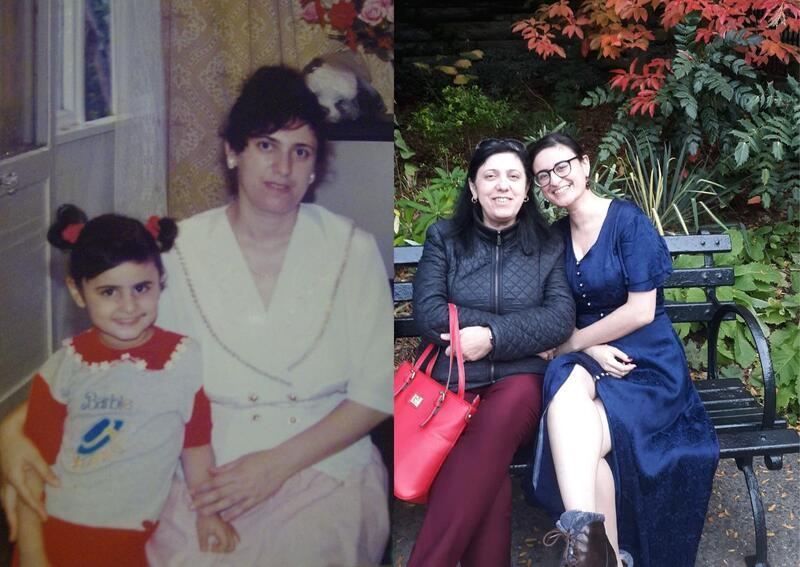
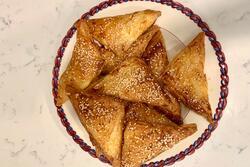
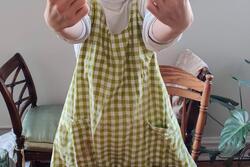
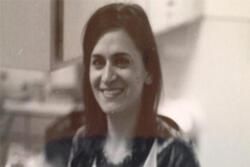
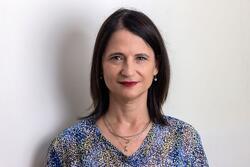
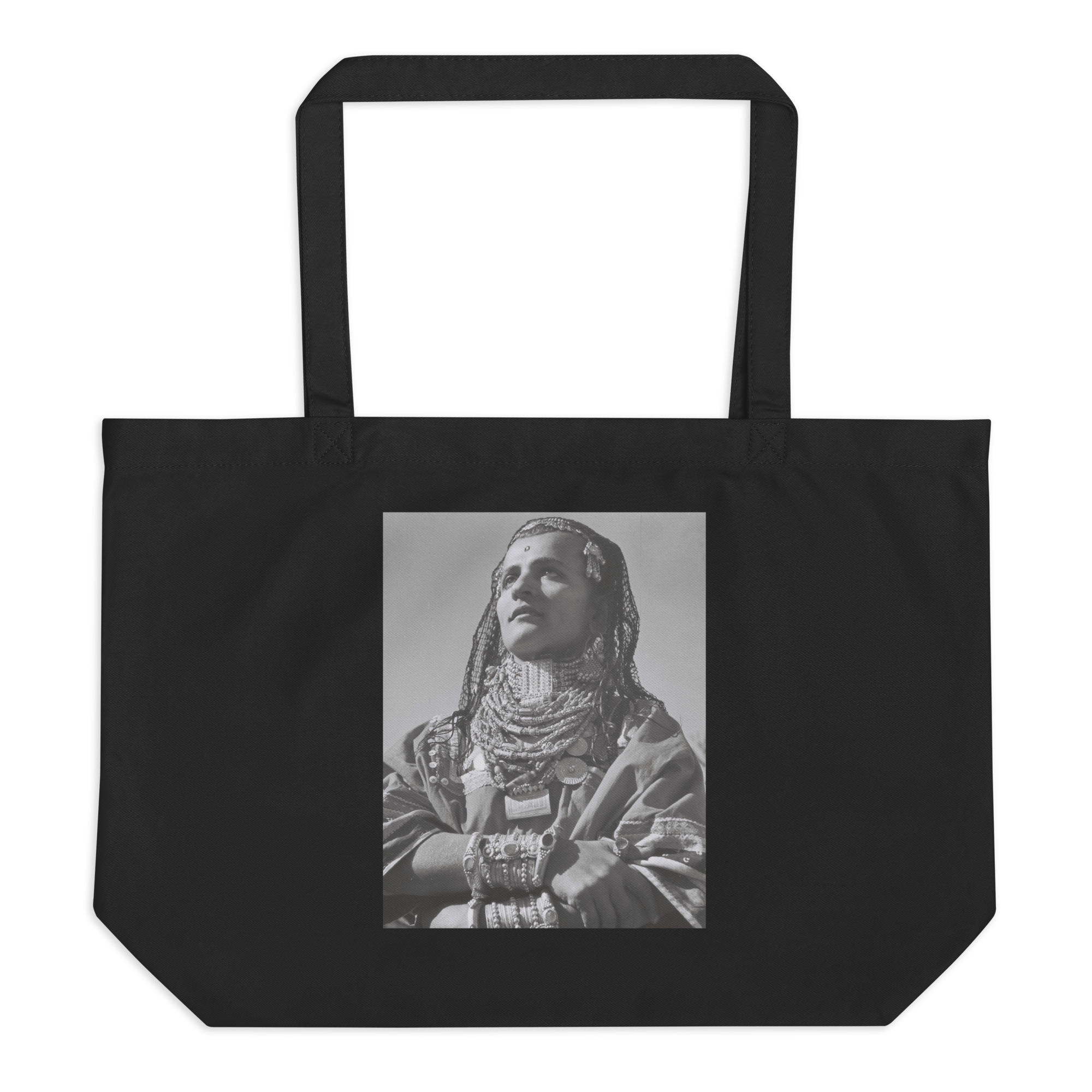
great essay! of course food and recipes connect us to our foremothers...my recipe book has beloved "best hamantashen ever" and "Grandmom's apple cake" recipes....
So rich, full of émotions and mémoires of our ancestors. Thanks.
I loved your story! My grandfather’s mother was from there as well and I see a resemblance in features from your photo.
I am still using my grandmother’s grandmother’s rolling pin which she brought from Kremenchug, then czarist Russia, now Ukraine. I always helped my grandmother cook. I loved her borscht. I feel so connected when I make her recipes. She died at 92. I am now 84. The rolling pin is the only thing my children and grandchildren are arguing about. Who will get it when I go? Thank you for sharing your story.
Oh this is so lovely. Some of my father’s family left Ukraine and ended up in Azerbaijan. I even went there to look for my relatives. A few years ago we reunited with my father’s first cousin and her two grown children and families. I’m very interested in the foods they ate. I also wrote and illustrated a children’s book about making knishes, a specialty from my mother. Thanks for sharing your story. Now I want to make borscht!
I loved this story as I recall the aromas of my mother’s and grandmother’s kitchens. I even wrote a solo piece inspired by my grandmother’s cooking and baking that took her from Ukraine to Argentina and eventually to Philadelphia and the seashore of New Jersey where every Friday we would go to her house and pick up her light as a feather pastry that would put a French baker to shame. If only I had leaf to make her triangular cheese knishes but I did learn how to roll out the dough for her apple and cherry strudels that was so thin you could read the Yiddish newspaper through it! And my mother’s meat knishes were unreplaceable sling with her gefilte fish! Thank you for sharing your family joy especially now when it takes every fiber in my body and mind to find more reasons to carry on!
I loved this essay Slavena and hope your ghosts continue to inspire you and prevent kitchen accidents!
In reply to I loved this essay Slavena… by Charlotte Tomic
Thank you, Charlotte!